Roofing Services in Newham safeguard your property’s value and safety—preventing leaks, damp, and energy loss before they become serious or costly. With trusted specialists serving London and the Home Counties (Kent, Surrey, West Sussex, Berkshire), every project is delivered with maximum compliance, meticulous care, and focus on long-lasting performance.
Years of experience, key accreditations (Which Trusted Trader, CITB), and trusted suppliers (Welsh Slate, ALM Lead, Kemper) set our team apart for quality, safety, and results. Book a free survey today and protect your property.

Neglecting your roof leads to leaks that cause damp, insulation failure driving energy loss, and gradual structural problems. Delaying action always escalates costs and risks for any property owner.

Professional Roofing Services in Newham eliminate these risks. You benefit from improved weather protection, lower bills, and full compliance with building regulations. For homeowners, it means peace of mind; for landlords, long-term value; for businesses, safety and operational efficiency. Proactive roofing care secures your investment across all property types.
Roofing Services in Newham cover installations, urgent repairs, upgrades, and heritage restorations for homes, businesses, and listed properties. Every service prioritises long-term performance and strict Building Regulations compliance, using premium materials from trusted suppliers tailored to each property. Safety, durability, and attention to detail are at the core of what we deliver.
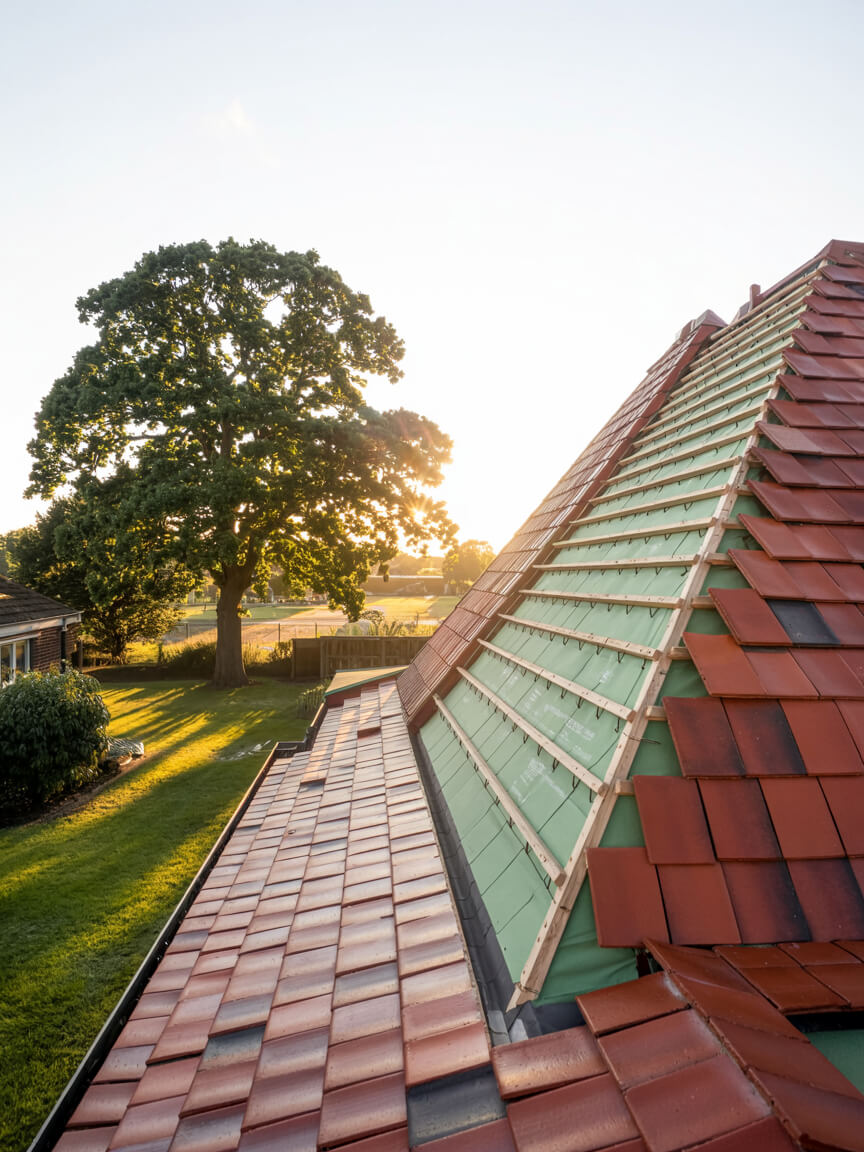
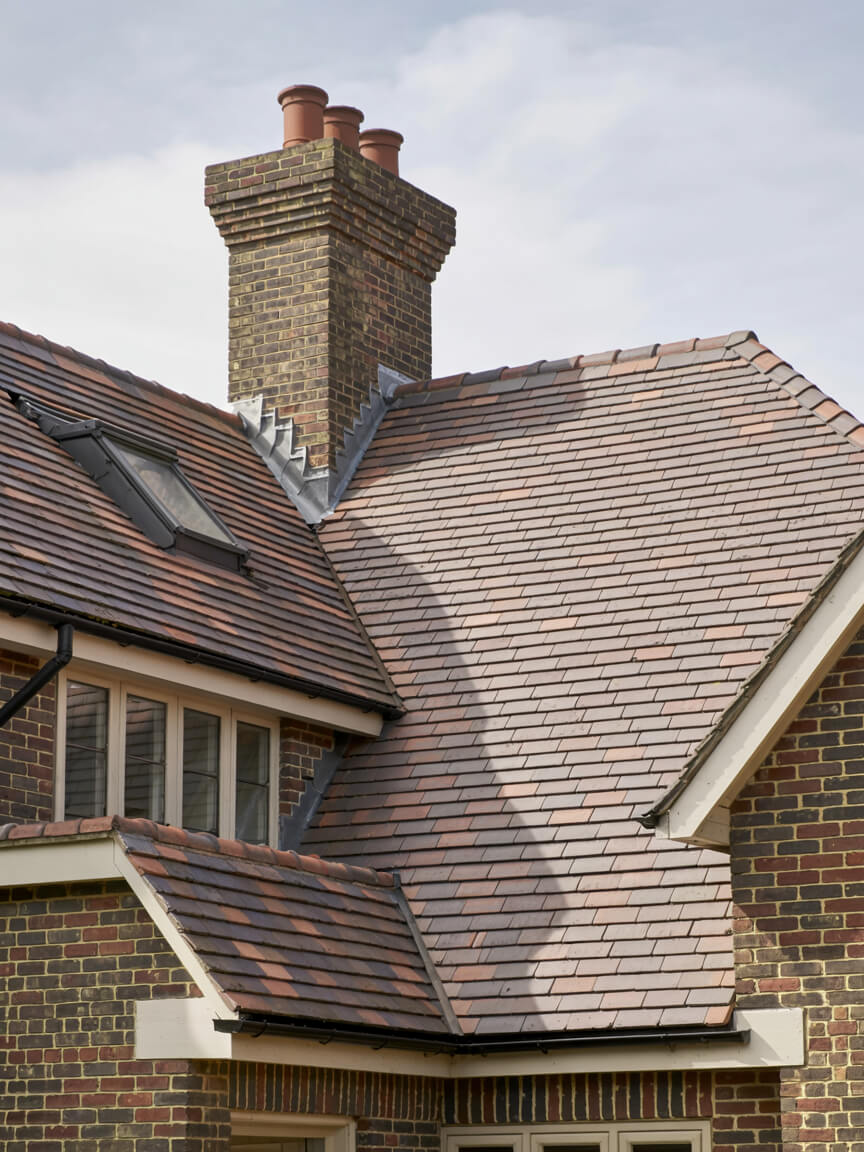
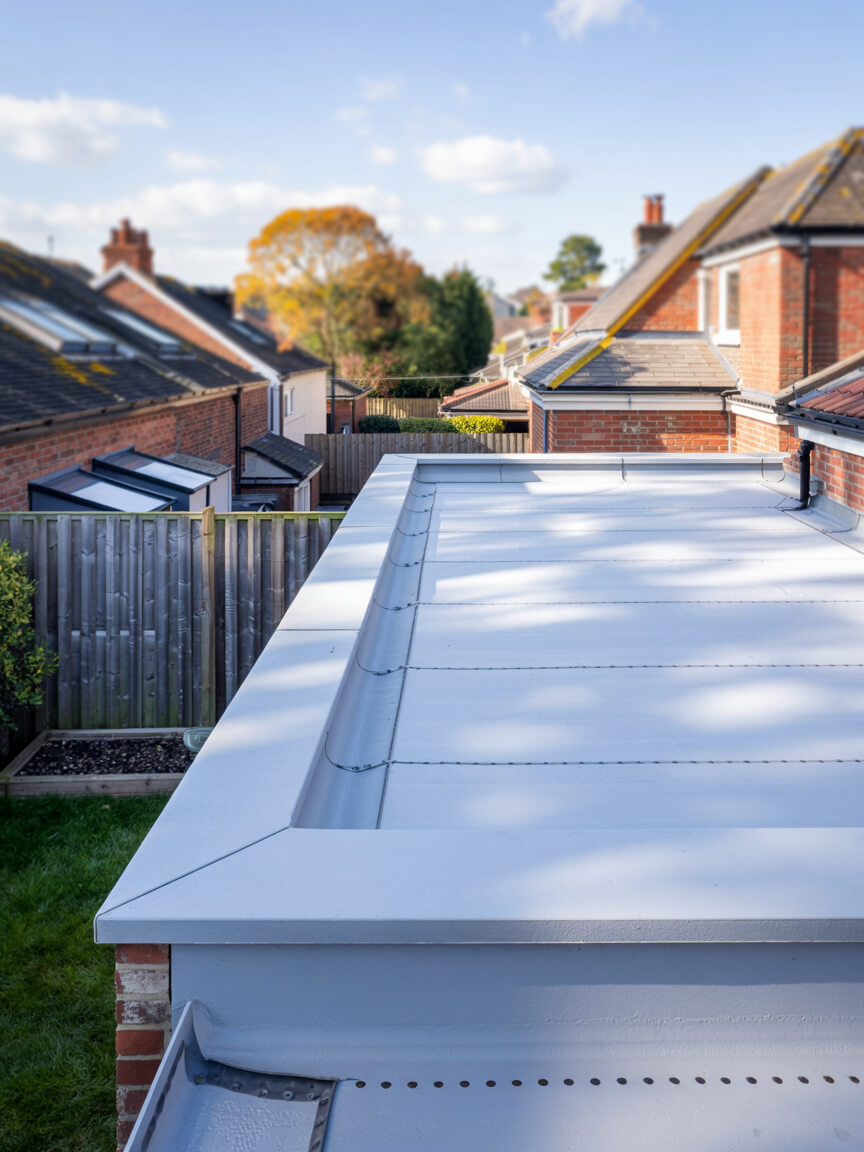
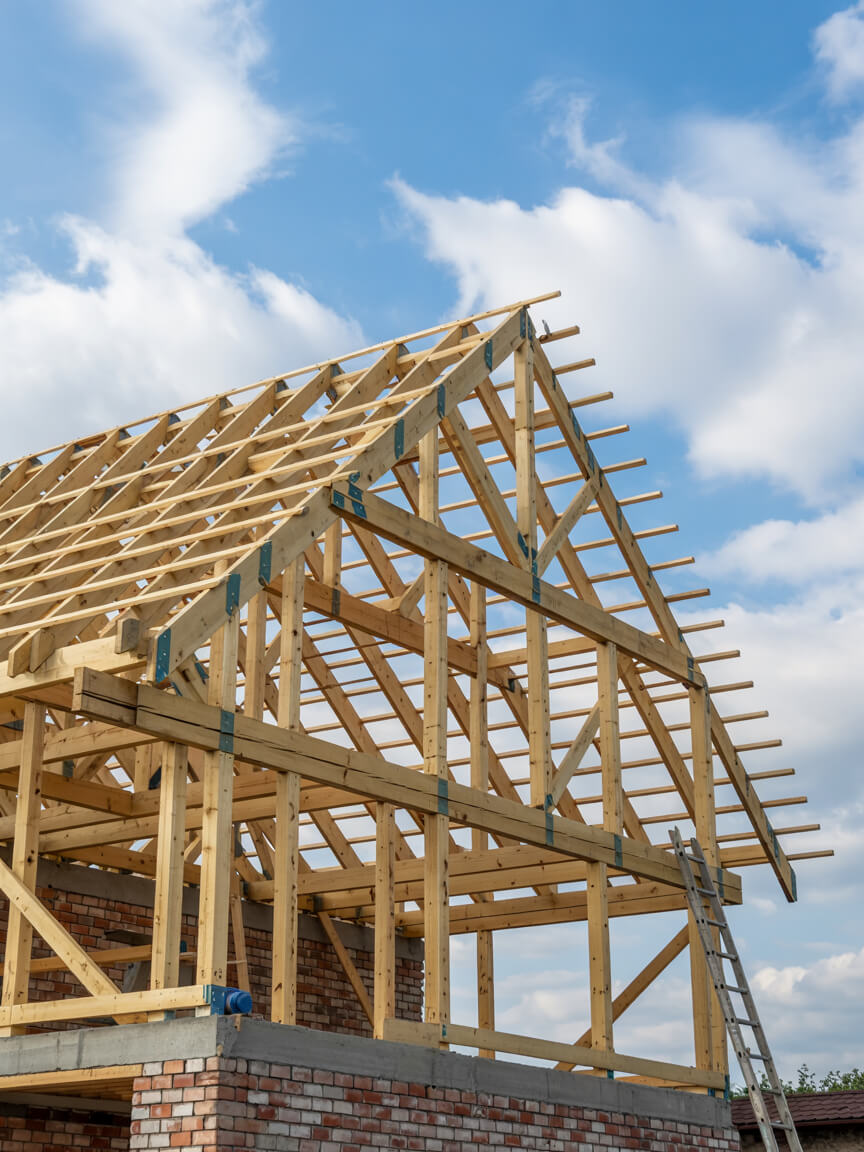
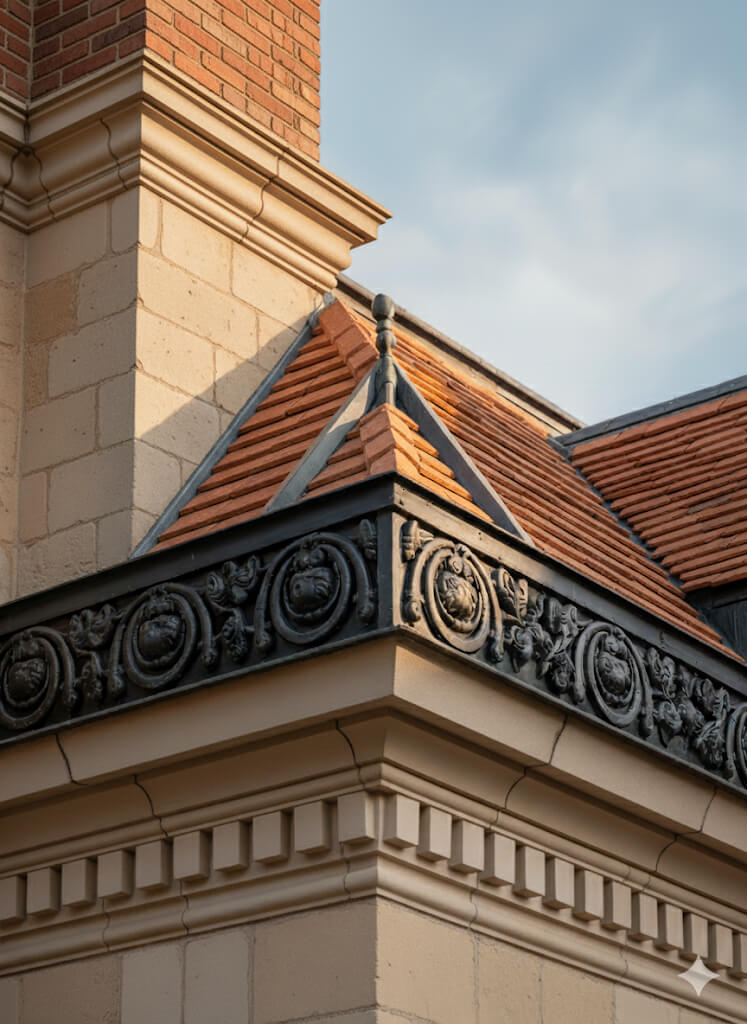
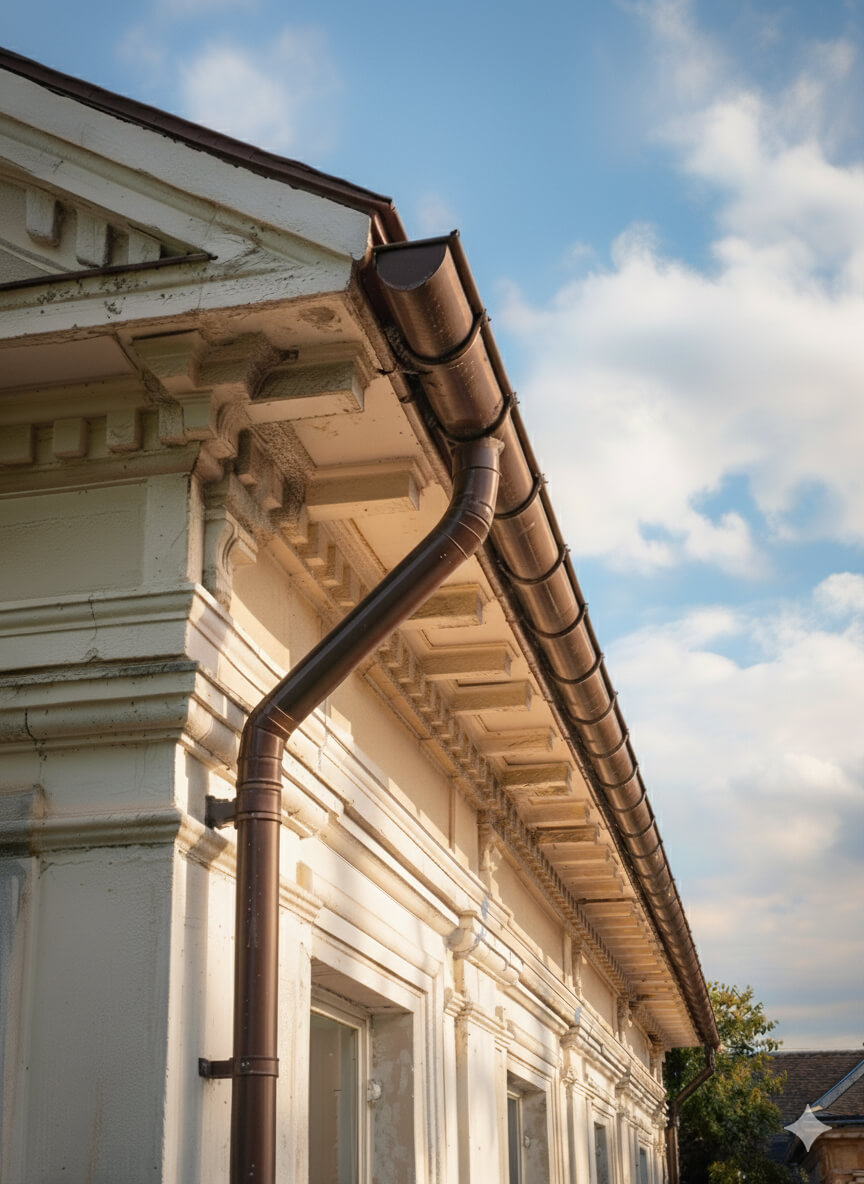

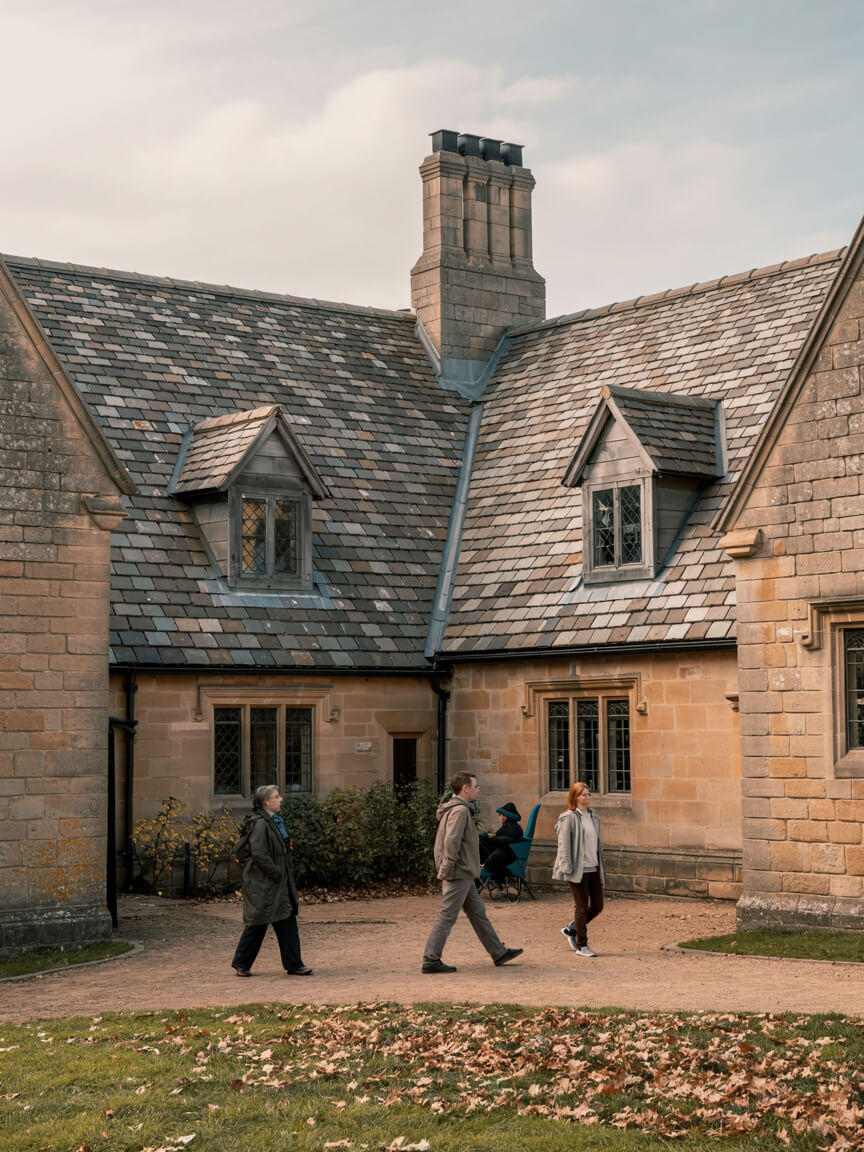
Every Roofing Services in Newham project adapts to the property’s type, roof structure, and environmental demands. Our tailoring ensures compliance, minimises disruption, and maximises value. Whether for homes, commercial units, industrial sites, or listed buildings, our flexible approach provides safe, efficient, reliable solutions that match your unique needs.
Homes, extensions, and listed buildings.
Offices, retail, schools, and hospitality.
Warehouses, factories, and logistics sites.
Every Roofing Services in Newham project follows proven steps and top-quality materials. Whether it’s a new installation, upgrade, or a repair, each layer is designed to deliver durability, safety, and improved efficiency—protecting your property and meeting all regulatory standards.
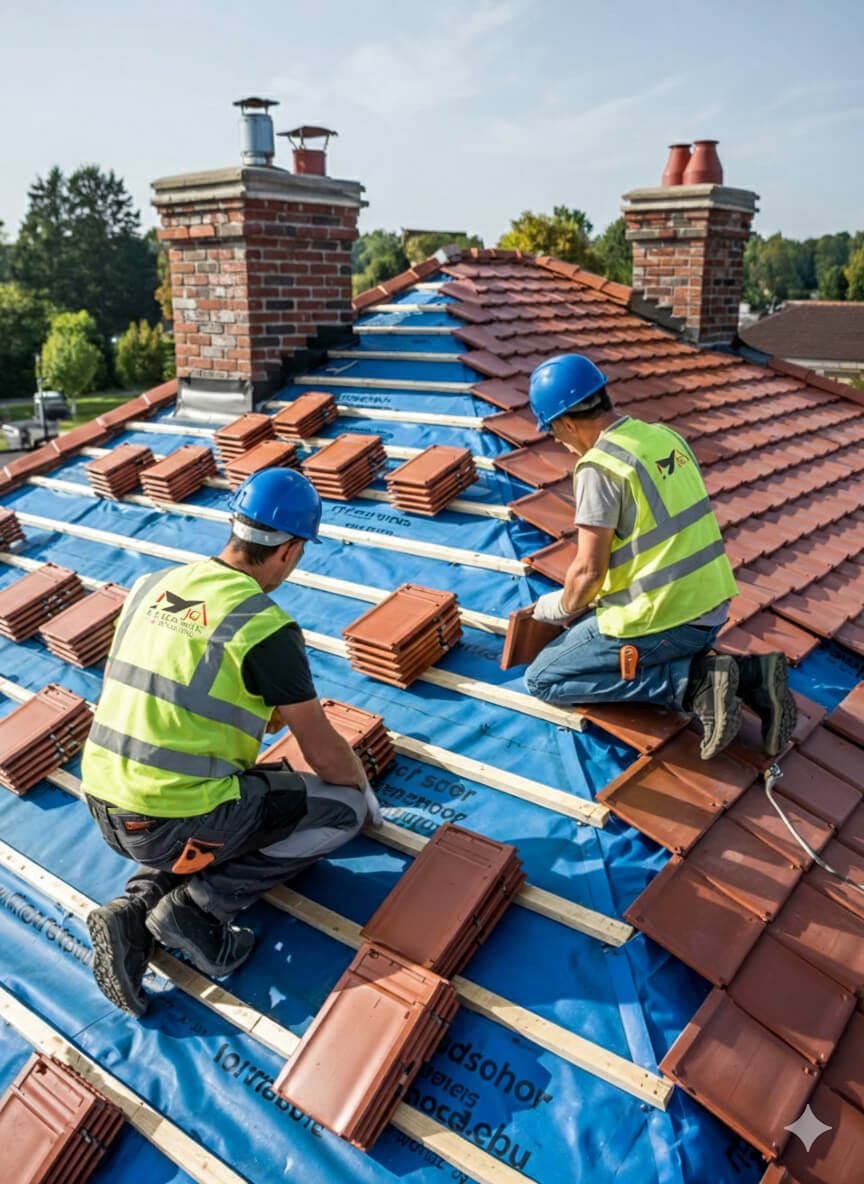
Get a free, no-obligation quote today.
Our experts are standing by to help you choose the perfect flat roofing solution.
⏱ Response within 24 hours guaranteed
Accredited by Which Trusted Trader, CITB, and approved by Kemper and Westwood, our team delivers safe, compliant, and warranty-protected Roofing Services in Newham projects. These credentials mean guaranteed standards and long-term assurance—reinforced by the positive client reviews that consistently highlight quality, professionalism, and trust.


Complete reroofing. Living in Singapore at the time and T was super responsive and communicative.
Replacement of lead box gutter and new flashing to parapet wall. I had an excellent experience using James and the team. He was very prompt in all aspects of communication and completed a first class job. Really pleased.
James completed some repairs on our roof and replaced some of our pebble dash by the roof as well. He was very thorough and fixed everything. He kept us really informed by taking photos and showing us what he did and keeping us updated. It also went onto our neighbours roof and he did the same fo...
We had a leak in our bedroom and James fixed the roof for us to stop it from leaking. All the work came with a warranty. The work that was carried out was good. James and his team were polite, and did all the work quickly and without too much interruption to our day-to-day lives. Would recommend ...
J G Leadworks have repaired and replaced the roofs and gulleys over our warehouse and workshops which have meant both areas are now watertight
James and team were incredibly responsive to my request to look at a serious leak issue on my flat roof. They did a very thorough investigation and explained in detail the issue and gave a fair quote. They were quick to book in and complete the work and have checked in afterwards a few times to m...
James was quick to respond to the initial contact and was able to work around some time constraints I had. He explained what needed doing clearly and was happy to answer follow up questions. He took pictures to show each stage and I feel confident in the work that was done by James and the team. ...
JG Roofing were very easy to work with. Their quote was sensible and they stuck to that figure. They completed many repairs to my roof including, rebuilding a leaded gutter, reinforcing rotten rafters, rebuilding a long felted gutter and felting parapet walls, resurfacing and felting a flat roof,...
Planning and legal checks protect clients from costly errors, delays, and non-compliance, ensuring roofing projects meet regulatory and safety requirements.
Permission is typically required for listed properties, conservation areas, or major roof alterations. All projects must also satisfy Building Regulations, including Part A (structural safety) and Part L (energy efficiency), ensuring compliant and future-proofed installations.
Our team manages the full process, from initial surveys to legal guidance, preparing documentation, and liaising with local authorities where needed. Whether working on modern homes or heritage sites, we ensure every project is delivered legally, safely, and with minimal disruption—providing complete reassurance and peace of mind to property owners.

Every project unites skilled workmanship with rigorously tested materials.
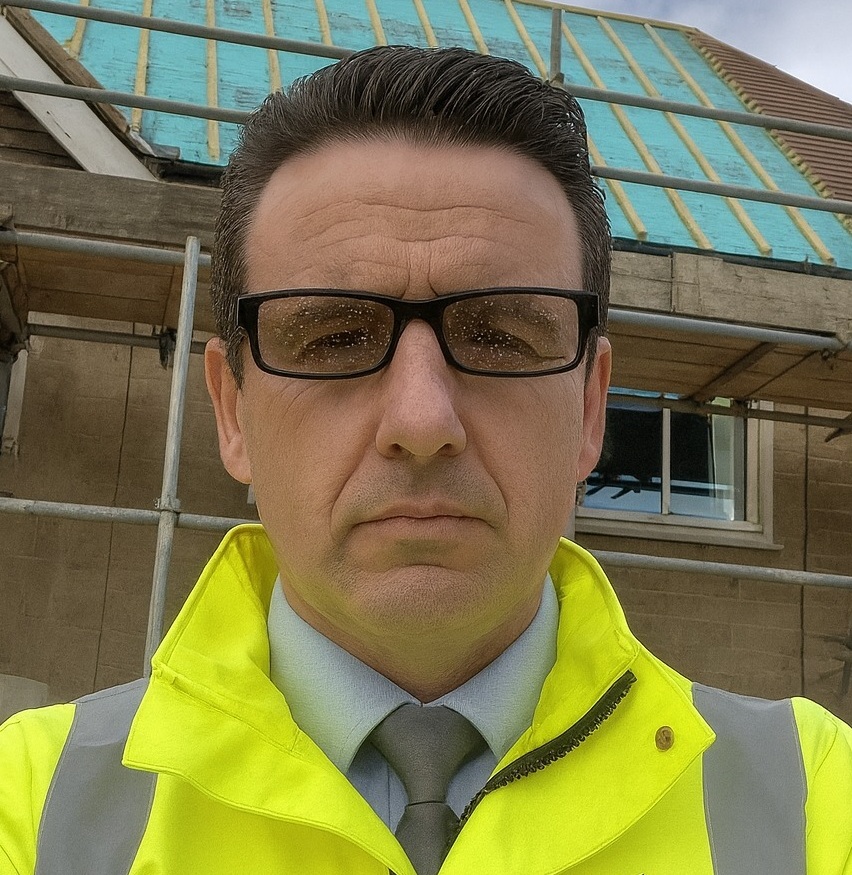
With 25 years of experience in lead sheet roofing, James is a trusted expert in heritage roofing, slate, and tiling. His knowledge of traditional methods, paired with modern compliance, makes him a go-to specialist for projects that demand both craftsmanship and durability.
Roofing Services in Newham provides lasting protection, efficiency, and value, delivering durable, compliant roofing solutions that safeguard every type of property investment.
Selecting Roofing Services in Newham involves balancing durability, budget, compliance, and aesthetics to secure the best-fit roofing solution for your property.
Why Clients Choose JG Leadwork and Roofing
With decades of trade experience, our teams understand the unique demands of London and Home Counties roofing. From heritage-listed properties to contemporary extensions, we adapt solutions to local regulations, weather conditions, and architectural styles with precision.
Accredited by Which Trusted Trader, CITB, and approved by Kemper, Westwood, IKO, ALM, and other leading suppliers.
These credentials guarantee safety, compliance, and access to manufacturer-backed warranties, giving clients peace of mind that their project meets the highest professional standards and benefits from warranty protection.
Our heritage projects use Welsh Slate and handmade clay tiles for authenticity, while leadwork is delivered to Lead Sheet Association (LSA) standards. Commercial installations employ Kemper and Westwood liquid systems for durability and efficiency. Each example demonstrates our reliability, blending traditional craftsmanship with modern performance.
Our workforce includes skilled roofers, heritage specialists, and safety-certified installers.
Every roofer holds NVQs, receives ongoing CPD training, and is qualified in both modern flat systems and traditional techniques, including slate and leadwork.
Team structure ensures projects run smoothly—surveyors identify needs, installers deliver with precision, and supervisors oversee compliance. This approach minimises disruption, accelerates timelines, and guarantees consistent quality across residential, commercial, and industrial roofing projects.
Every project is regulation-compliant, warranty-backed, and focused on long-term results.
Client testimonials and case studies confirm our track record, with projects praised for professionalism, durability, and customer support.
We go beyond installation with aftercare packages, maintenance support, and open communication at every stage. Property owners gain reassurance that JG Leadwork and Roofing stands behind its work. Book a free survey today and discover why homeowners, landlords, and businesses trust us with their roofing.

Get a free quote, rapid response, and expert service across London and the Home Counties. Contacting JG Leadwork and Roofing is your simple first step to dependable roofing solutions.
We source materials from leading suppliers including Supreme and IKO felt systems, Kemper, Westwood and Proteus liquid systems, Welsh Slate, handmade clay tiles, ALM Lead Mills, and Nicholson Air Track. These trusted brands guarantee durability, compliance, and warranty-backed performance across flat, pitched, heritage, and commercial roofing projects.
.
.
For homes, Roofing Services in Newham safeguards comfort and enhances kerb appeal with durable, energy-efficient systems. Whether modern extensions or traditional pitched roofs, tailored solutions improve living standards and protect property value.
For businesses, Roofing Services in Newham delivers cost-effective, large-scale installations with minimal disruption. Projects are planned around operations, with safety compliance, energy performance, and flexible scheduling built in—supporting offices, retail, schools, and industrial facilities with reliable, regulation-ready outcomes.
For heritage properties, Roofing Services in Newham combines authentic materials such as Welsh slate, handmade clay tiles, and ALM lead with skilled conservation techniques. Listed building consent and conservation requirements are fully managed, ensuring traditional character is preserved while integrating modern weatherproofing. This careful balance provides long-term durability without compromising historic integrity or aesthetic value.
JG Leadwork and Roofing delivers Roofing Services in Newham across housing, commercial, heritage, and public sectors. Every industry comes with unique requirements, from safety and compliance to efficiency and conservation. Our adaptability ensures projects are delivered with precision and professionalism—whether safeguarding homes, supporting business continuity, preserving history, or protecting critical public and healthcare facilities.
Durable roofing installed with minimal disruption, ensuring safe, regulation-compliant workspaces for staff and visitors.
High-standard, compliance-focused solutions protect community facilities while meeting strict safety and regulatory obligations.
Heavy-duty roofing tailored for wide spans, ventilation, and long-term maintenance efficiency.
Authentic materials and sensitive methods preserve historic character while adding modern protection.
Weatherproof systems that enhance kerb appeal and guarantee uninterrupted trading for outlets.
Tailored roofing improves guest comfort, safety, and ambience across hotels, restaurants, and venues.
Safe, durable systems designed for schools and universities with minimal learning disruption.
Specialist roofing solutions built for hygiene, safety, and regulatory compliance in medical environments.
Our team of NVQ-qualified roofers, LSTA-trained specialists, and health & safety-compliant professionals bring decades of combined experience. Every project is delivered with meticulous attention to detail, ensuring safe practices and consistent quality across flat, pitched, heritage, and commercial roofing disciplines.
Expertise includes heritage leadwork, slate and tile roofing, modern flat systems, and drone-assisted roof surveys. Ongoing CPD training ensures adaptability to both traditional craftsmanship and the latest innovations—giving clients confidence that every roof is built or repaired with proven skill and care.

A thorough survey highlights existing issues, structural considerations, and upgrade opportunities, ensuring the best-fit solution is identified from the very beginning.
Transparent, itemised quotes detail costs, timelines, and materials—giving you complete clarity and confidence before work starts, with no hidden surprises.
Scaffolding, access solutions, and robust safety measures are put in place to safeguard both property and people throughout the project.
Skilled roofers complete the work using accredited materials and proven techniques, delivering durable, compliant results while keeping disruption to a minimum—whether for repairs, replacements, or new installations.
Each stage is inspected against manufacturer standards and Building Regulations, with photographic documentation provided for transparency and peace of mind.
Each stage is inspected against manufacturer standards and Building Regulations, with photographic documentation provided for transparency and peace of mind.
In a competitive roofing market, many providers look the same on paper. JG Leadwork and Roofing stands out through proven expertise, accredited methods, and specialist techniques. Our combination of traditional craftsmanship and modern technology makes us the safer, smarter choice across residential, commercial, industrial, and heritage projects.
In a competitive roofing market, many providers look the same on paper. JG Leadwork and Roofing stands out through proven expertise, accredited methods, and specialist techniques. Our combination of traditional craftsmanship and modern technology makes us the safer, smarter choice across residential, commercial, industrial, and heritage projects.

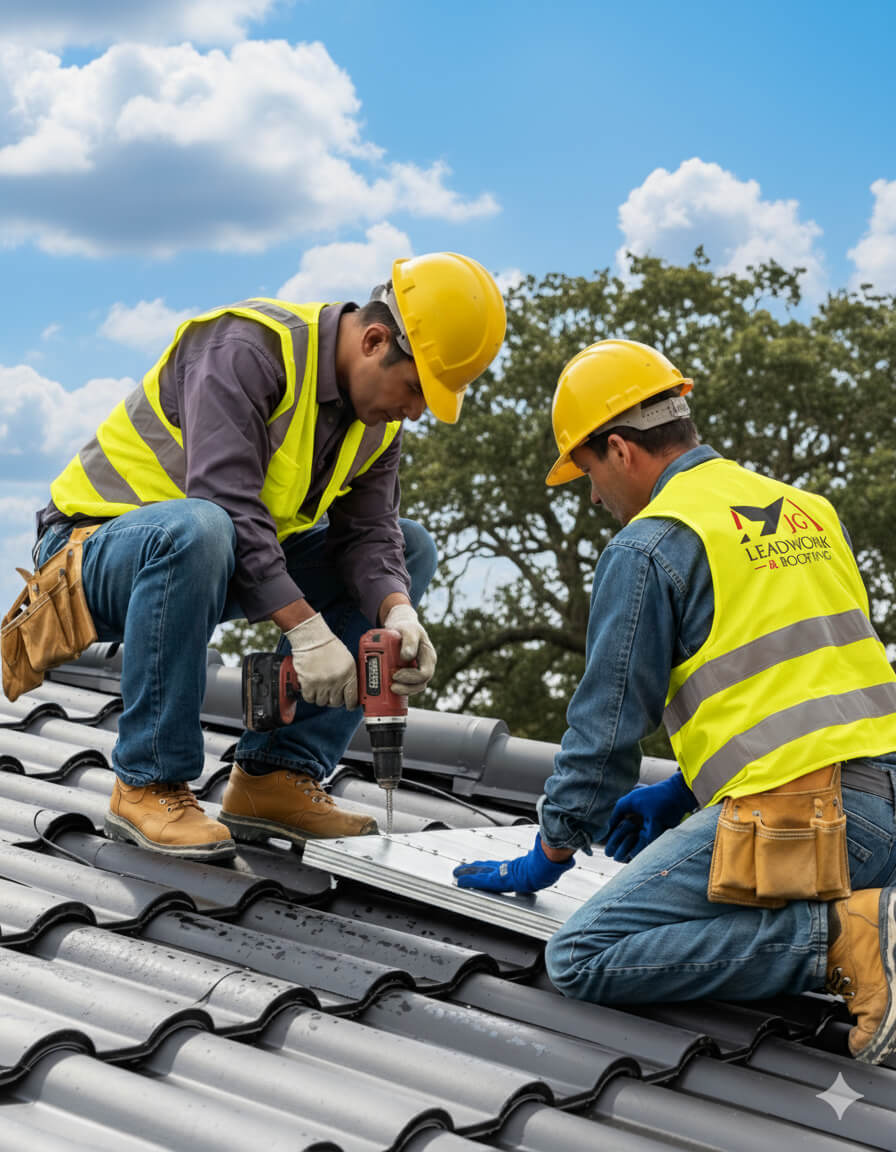
At JG Leadwork and Roofing, every project follows a structured QA process. Each stage—materials, installation, safety, and final sign-off—is measured against manufacturer specifications and UK Building Regulations to ensure durability, compliance, and warranty-backed performance across all roofing services.
Projects are only signed off once all QA checks are complete, giving clients confidence in long-term performance, structural safety, and insurance-backed peace of mind.
Every Roofing Services in Newham project by JG Leadwork and Roofing is delivered in strict alignment with UK Building Regulations and recognised frameworks. This ensures structural safety, energy efficiency, durability, and protects warranties and insurance coverage across residential, commercial, industrial, and heritage properties.
Clients can be confident their project is completed legally, safely, and insurance-ready—delivering long-term performance, compliance assurance, and complete peace of mind.
Property owners often wonder about Roofing Services in Newham—from costs and timescales to permissions. Below, you’ll find straightforward, trustworthy answers to the most frequent and practical queries.
Water ingress after heavy rain is a common concern for property owners and developers in Newham, where variable weather puts roofs under real pressure. Sudden leaks can cause costly interior damage, structural decay, and even invalidate insurance if not addressed properly. Roof leaks result from a combination of age, design, and workmanship—knowing the most frequent culprits can help you prevent lasting property harm. Here’s a breakdown of the main technical causes and what to look out for during diagnosis.
A leading cause of leaks—especially on flat and low-pitch roofs—is membrane deterioration. Roofing membranes (felt, EPDM, or single-ply) protect the underlying structure from water but degrade over time due to UV exposure, freeze–thaw cycles, and foot traffic. When membranes crack, become brittle, or their joints fail (such as from poor torch-on application or shrinkage), water finds its way in. Typical signs include discoloured ceiling patches after rain, blisters on the membrane surface, and visible tears at seams or edges. If deterioration is not checked, water tracking leads to timber rot, loss of insulation efficiency, or internal mould—problems that escalate rapidly in Newham’s damp climate.
Flashing—thin strips of lead, zinc, or steel used to seal joints at roof penetrations (chimneys, walls, rooflights)—is a frequent weak point. Flashing can slip, corrode, or crack, particularly where movement of adjoining materials or thermal expansion is significant. Water then exploits these gaps through capillary action (water drawn through small openings against gravity), allowing rain to bypass exterior defences. Spotting issues early is key: look for visible gaps where flashing meets brickwork, white mineral stains (efflorescence), rusty patches, or persistent musty odour in roof voids. Inadequate detailing at abutments or poor-quality mortar work increases risk, and if neglected, can result in internal damp, structural decay, and costly cavity wall repairs.
The external environment and roof design play major roles in leak formation. Standing water (ponding) on flat roofs—unmoved after 48 hours, typically exceeding 10 mm in depth—is a red flag. Flat roofs lacking correct “fall” (slope)—UK Part L standards recommend a minimum finished fall of 1 in 80—struggle to shed water, putting membranes under constant hydraulic pressure. The freeze–thaw process turns trapped water into expanding ice, splitting membrane seams. Blocked gutters and drain outlets cause similar risks by allowing overflow or back-up into the roof assembly. Separately, inadequate ventilation and insulation can cause interstitial condensation (moisture forming within roof layers), often mistaken for leaks but still resulting in hidden timber decay and ceiling stains. Properties lacking compliant vapour control layers face prolonged issues, with UK guidance mandating proper insulation and airflow to control internal moisture.
Proper diagnosis of roof leaks involves a systematic approach:
A comparison table can help clarify root causes and remedies:
| Cause | Typical Symptom | Risk if Ignored | Indicative Remedy |
|---|---|---|---|
| Membrane cracks/joints | Stains, blisters | Timber rot, mould | Patch or overlay, renew system |
| Flashing failure | Damp at abutments/corners | Cavity/wall decay | Reinstall or re-bed flashing |
| Ponding water | Pooled water, algae | Seam splits, leaks | Improve drainage, re-fall roof |
| Poor insulation/vents | Hidden mould, condensation | Structural decay | Upgrade insulation, add vents |
Routine inspection every 2–3 years—or sooner after severe weather—helps identify early warning signs. Recognising and addressing these mechanisms puts control back in the hands of property owners, developers, and contractors, preventing minor faults from becoming major structural or financial threats.
Replacing or upgrading a roof in London often raises a key question: Why does slate roofing cost more than tile—and what exactly are you paying for with each option? Understanding the price differences is essential for property owners weighing longevity, compliance, and curb appeal against budget. Costs are shaped by both material properties and UK regulations, and choosing wisely can have a significant impact on long-term value, energy performance, and maintenance requirements. Here’s a structured breakdown of the main factors influencing the cost comparison between slate and tile roofing in the London context.
One major influence on pricing is the material itself. Natural slate is a quarried stone, valued for its durability (often 80–100 years), distinct texture, and prestige status. This makes it one of the most expensive options per square metre, with supply chain and quarrying costs adding to the premium. Roofing tiles—whether clay or concrete—are manufactured, typically cost less per m², and are available in a wider variety of styles. Tiles generally offer lifespans from 30–60 years, with concrete being the entry-level standard and clay at the higher performance end. Logistics also play a part: UK-sourced slates may vary in cost and quality, and imported slate can introduce extra shipping and standards verification costs, whereas tiles are more readily available and often used for new builds.
Installation costs differ significantly between the two, driven largely by labour. Slate roofing demands specialist skills for sorting, cutting, and shaping each piece, as well as fixing by hand to nailing battens in a specific pattern defined under BS 5534 (the British Standard for roofing slates and tiles). The process is meticulous, and skilled slate roofers may charge higher hourly rates reflecting their training and experience. Tiles, by contrast, are generally faster to lay, especially in interlocking designs, and the process is less labour-intensive. Slates are also heavier, which means some roofs may require reinforcement to safely support them—this can further increase labour and structural costs.
In London, building projects must comply with national and local regulations such as Part A (structural safety), Part L (conservation of fuel and power), and the BS 5534 code. For both slate and tile roofs, BS 5534 sets requirements for wind resistance, fixing patterns, and underlay types. However, in conservation areas or on heritage-listed properties, local planning authorities may require traditional materials (sometimes only slate or a specific reclaim type) to preserve architectural character. Sourcing matching slate or heritage-grade tiles can escalate material and permit costs. Part L also requires specific insulation (usually a maximum “U-value”—how much heat a material lets through), and integrating insulation with certain slate roofs can be more complex and expensive than tile, due to the way battens and membranes fit.
Location and context exert a distinct influence on price. London labour rates—including for specialist trades like slate roofing—are higher than in other regions. Urban projects may face additional logistical challenges, from scaffolding limitations on terraced properties to restricted delivery access in narrow streets. Weather exposure also plays a part: roofs with low pitches, high wind loads, or complex shapes may drive up costs for both tile and slate, but especially for slate given its individual fixing requirements. Conservation area designations can restrict choices, triggering extra compliance and admin fees.
Before making a final choice, it helps to compare typical cost ranges for tile and slate installations in London.
| Factor | Typical **Tile** Range | Typical **Slate** Range | Why it Matters |
|---|---|---|---|
| Material (per m²) | £18–£35 | £45–£70+ | Slate’s natural sourcing and longevity |
| Installation (per m²) | £25–£40 | £35–£60+ | Slate requires more skilled labour |
| Lifespan (years) | 30–60 | 80–100+ | Tiles need more frequent replacement |
| Compliance/Heritage overhead | £0–£10 | £0–£20+ | Conservation rules may mandate slate |
Note: Figures are indicative for the London market and assume standard access and roof complexity; actual costs may vary.
When comparing tile and slate, evaluate these key steps:
By weighing these decision factors, property owners and managers can select a roofing solution that fits both their immediate budget and long-term investment goals, all while meeting London’s strict regulatory and heritage landscape.
For most homes and small commercial buildings in Newham, a straightforward roof installation typically takes between 2 and 7 working days, though this varies depending on several factors. Larger roofs, complex structures, and conservation projects may require extended timelines. Understanding the likely duration helps property owners and managers plan for disruption, coordinate access, and anticipate scaffolding or protection requirements—important not only for cost control but also for building safety and weatherproofing. Residential homeowners, landlords, facilities managers, and heritage custodians each benefit from clear expectations to minimise downtime and maintain compliance with UK building regulations.
Many factors can accelerate or lengthen works. Weather conditions, the type of roofing material, access constraints, and the presence of existing damage (such as rotten timber discovered during strip-out) all impact how quickly a roof can be completed. Failing to factor these in may lead to missed budgets, extended scaffolding hire, and potential vulnerability to rain ingress.
A new roof installation generally follows a consistent set of stages:
For most terraced or semi-detached homes in Newham:
Heritage or larger properties: up to 2–3 weeks for careful restoration or conservation-compliant works.
Several environmental and property-specific variables can change installation duration:
Regular maintenance greatly extends the useful life of a new roof and minimises unplanned repairs:
Neglecting these routines can void warranties and turn minor issues into costly failures due to unnoticed water ingress or freeze–thaw damage.
The lifespan and maintenance requirements depend on material, method, and ongoing care. The following table summarises typical ranges in UK conditions:
| Material | Typical Lifespan | Inspection Frequency | Maintenance Tasks |
|---|---|---|---|
| **Slate** | 80–100 years | Every 5 years | Minimal; replace broken/missing slates |
| **Clay Tile** | 50–80 years | Every 5 years | Check for cracks; clear moss; re-bed ridges as needed |
| **Concrete Tile** | 40–60 years | Every 3–5 years | Inspect for weathering/frost damage, replace as needed |
| **Felt (Torch-on)** | 10–20 years | Every 2 years | Seal edges, patch minor splits, clear outlets |
| **EPDM Rubber** | 25–40 years | Every 2–3 years | Check laps and joints, clean debris |
| **Liquid-Applied** | 20–40 years | Every 3 years | Inspect for blisters or cracks; recoating as required |
Proactive care and documented inspections are essential regardless of material, especially for properties exposed to Newham’s variable weather and pollution. Scheduling routine checks is the best way to safeguard both durability and insurance coverage.
When arranging roof repairs or a full replacement in Newham, understanding costs, warranty protections, and how to spot a trustworthy contractor isn’t just sensible—it’s essential for safeguarding your property and finances. Roofing work often exceeds £1,000, so clear cost breakdowns and solid warranty terms build confidence for homeowners, landlords, and business managers alike. Investing in compliance and reputable installers reduces risk, prevents regulatory setbacks, and ensures your roof stands up to Newham’s unpredictable weather.
Roofing costs in Newham depend mainly on four factors: labour charges, materials used, property type, and project scale. Labour accounts for a sizable share—especially where safe access or specialist skills (like leadwork or heritage tiling) are required. Materials can range from budget-friendly torch-on felt for flat roofs to premium slates or energy-saving membranes. Larger, complex, or multi-storey properties raise costs due to extra scaffolding and safety checks. Here’s a typical breakdown:
| Service Type | Typical Range (UK) | Key Influences |
|---|---|---|
| Roof Repair | £250 – £1,200 | Damage location, access, materials |
| Roof Replacement | £5,000 – £15,000+ | Roof size, pitch, insulation, detail |
Simple leak fixes often sit at the lower end, while full re-roofs—especially on larger homes or period buildings—command much higher budgets. Always expect clear itemisation so you can see how materials, insulation upgrades, and repairs impact the total.
A credible roofing package will include an insurance-backed warranty. Most professional repairs come with a 5–10 year cover for repairs, and 10–20 years (or more) for new roof installations. These warranties typically protect against defects in materials and workmanship, covering not just tiles or membranes but also flashing, structure, and insulation. Some warranties reach up to 25 years for modern flat roofing, provided all work meets manufacturer and regulatory standards.
Why does this matter? A robust warranty insures you against hidden faults that may surface months or years later. Many insurers and future buyers now check for valid warranties as part of Part L compliance, especially since recent regulation changes spotlight energy efficiency and construction quality in resale and remortgage assessments.
The best safeguard is choosing an accredited installer. Reputable roofers are happy to show trade qualifications such as NVQ Level 2/3 in Roofing Occupations, CITB or CSCS cards, and Which Trusted Trader, NFRC, or CompetentRoofer memberships. These badges demonstrate up-to-date training and commitment to best practices—meaning installations will meet Building Regulations, site safety standards, and manufacturer warranty conditions (often invalid if non-accredited). Trusted installers are also more likely to use written contracts and detailed specifications, reducing scope for shortcuts or disputes.
Recognised accreditations also act as a philtre for property owners: insurers and warranty providers frequently ask for proof of qualified labour when assessing claims or giving go-ahead for higher-value projects, especially in regulated areas like conservation zones.
Cutting initial costs by neglecting proper preparation—like re-roofing over damp or rotten decking, skipping vital roof ventilation, or ignoring insulation upgrades—can trigger far greater problems down the line. Problems include hidden structural decay, poor thermal performance (fuel bills rise), and even total insurance refusal after “substandard repairs.” Such shortcuts might void product warranties or trigger Building Control notices.
Key risks of shortcuts:
Ultimately, what feels like a saving today can multiply future remediation costs and hassle. Prioritising accredited installation and warranty-backed work keeps your roof, your compliance status, and your wallet reliably protected.